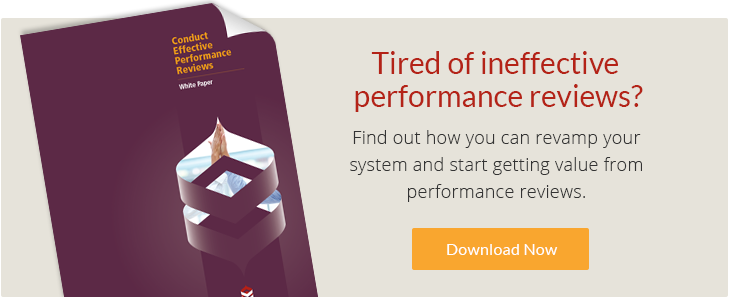Maybe Real-Time Feedback Isn’t for You: Don’t Leave Employees in the Dark

Employees love the one-on-one feedback. They want, and need, to know their problems and successes regularly, but unfortunately real-time feedback doesn’t always fit into everyone’s schedules. On the same note, as great as it might be for some organizational cultures, it might not be ideal for your team. Is real-time feedback too much for your organization? How do you decide what to do when it you can’t integrate it into the feedback strategy? Ultimately, it’s your culture, but it’s only partially your decision, and you need to take into consideration employee needs as well as company requirements.
Pros
There’s marked transparency in real-time feedback. Employees are able to ascertain their performance on a dime, which is wonderful for new hires. No one likes being left in the dark, so sharing everything during a weekly meeting works great for some organizations. Companies like Nativo have enjoyed the powerful capabilities of real-time feedback. Nativo employees consistently know what works in the organization and what doesn’t, so the native-advertising firm continues to grow.
Tweet This: There’s marked transparency in real-time feedback.
Justin Choi, CEO at Nativo, explained his affinity (and the success) of real-time feedback for him and his team:
“…We have weekly meetings where everything is shared. We measure all of it, map it to our strategic goals and provide feedback. With Cie Games, I saw the power of feedback. Now I use it with our employees at Nativo. We are empowering them with the feedback we give – no one is left in the dark and everyone knows how they personally are making a difference in the company.”
Another Solution
Although smaller teams tend to work better with real-time feedback, large organizations can’t function with feedback all the time. Simply due to the massive number of employees, many organizations can’t handle extraneous amounts of meetings. Some companies just don’t have the time. Consider a performance review as an alternative to constant feedback or meetings. Tip: Did you know you can use a performance review template to organize feedback?
Tweet This: Large companies can’t handle real-time feedback like smaller organizations can. Try this alternative:
A few years ago, research paper by Stacey R. Finkelstein and Ayelet Fishbach noted that when individuals are experts (or self-proclaimed experts), they’re more likely to want negative feedback; novices on the other hand, want affirmations of good work. In this sense, real-time feedback takes a different tone. Performance reviews combine each of these and give experts and novices the positive and negative feedback they need in order to grow in skill and confidence.
Why a Performance Review
The reviled performance review… The stigma that has been attached to performance reviews has given the practice a negative reputation. But it’s not the performance review itself. The real problem with performance reviews comes from how they are conducted. The success of your performance management system, your team, your organization depends on how well your team is able to assess their performance. Managers turn into mentors, employees get involved and take the review to heart and your leaders become innovators all while adjusting your performance management system to appraisal-centered development.
Tweet This: The real problem with performance reviews comes from how they are conducted. Ignore these issues:
“Performance management has evolved into a coaching apparatus more than a means to reprimand poor work performance. While reviews and improvement plans remain, performance management has helped many employees become better in their areas of strength instead of managing them out of the company. In short, we’re getting better at this! But with that change comes a different set of responsibilities for the managers, employees and even organizational leaders.”
Although your team loves one-on-one feedback, it’s not always feasible for managers and senior leadership to facilitate mini-meetings constantly. For companies like Nativo, weekly feedback works well, but for the larger organizations, performance reviews seem to work better. Because performance reviews combine the positive and negative criticisms necessary for growth feedback can’t always provide, they are better suited for busy teams depending on the company culture.

